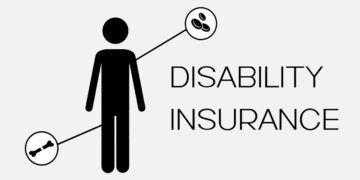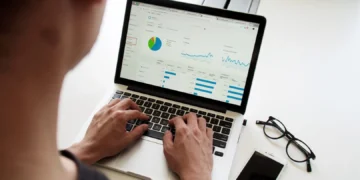At the point when you owe cash, you are a borrower, and individuals or organizations you owe cash to are your lenders. Bankruptcy is a judicial action affecting an individual or business that can’t reimburse its extraordinary obligations.
The liquidation cycle starts with an appeal recorded by the debt holder, which is generally normal, or in the interest of leaders, which is more uncommon. Each of the borrower’s resources is estimated and assessed, and the resources might be utilized to reimburse a piece of the exceptional debt.
Bankruptcy is an official action affecting an individual or business that can’t reimburse their remarkable obligations. The liquidation interaction starts with a request recorded by the account holder, which is generally normal, or for the advantage of banks, which is more uncommon.
Every one of the mortgage holder’s resources is estimated and the resources may be utilized to reimburse a part of the exceptional obligation.
Types of Bankruptcy
There are five distinct kinds of liquidation procedures as stated by Scura Law. The three most normal sorts are alluded to as Chapter 7, Chapter 13, and Chapter 11 liquidations.
Chapter 7 Indebtedness
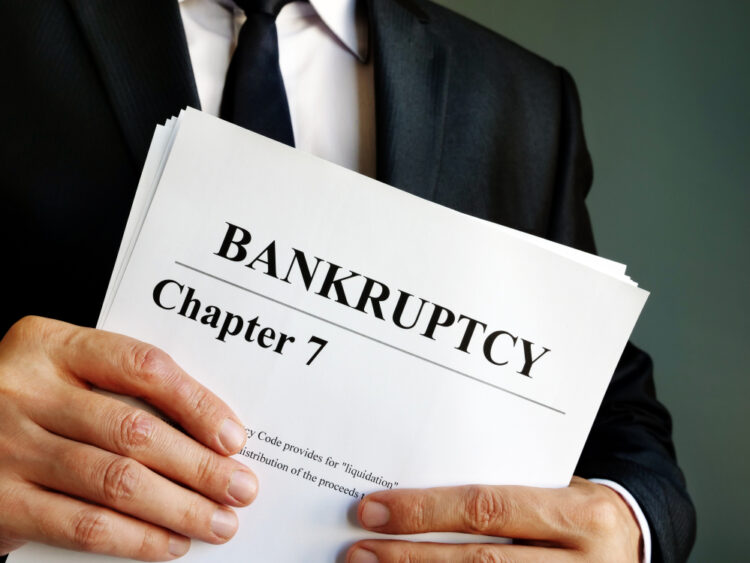
For the most part, when people talk about requesting monetary security, they are examining Chapter 7. A Chapter 7 liquidation offers you the opportunity to avoid (or “deliver”) all or basically all of your commitments owed as of the moment you proclaim monetary insolvency without securing any projected portions. “Discharge” connotes that you by and by don’t have an authentic obligation to repay a commitment.
This collaboration needs around 90 days after your bankruptcy request is recorded. In a Chapter 7 liquidation, you may be at risk of losing a part of your assets, and a couple of commitments may not be delivered. Similarly, a couple of trades of resources that happened before you proclaimed monetary chapter 11 can be dispersed.
Chapter 13 Indebtedness
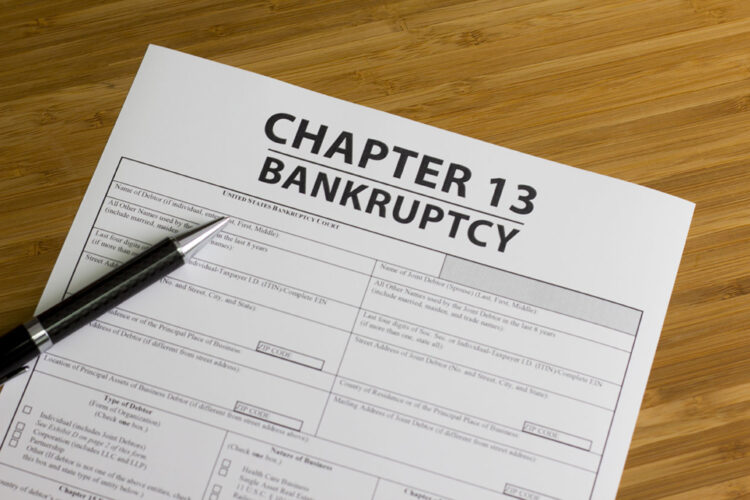
A Chapter 13 liquidation is a three to long term proceeding that formulates up a portion plan. On account of COVID-19, the governments have loosened up the portion program to seven years with explicit exclusions. In Chapter 13 liquidation, you achieve protection for your assets, and you can repay explicit commitments, for instance, kid support, charges, vehicle portions, and home credit cash owed towards a three to long term period of time, and maybe six years, rather than possessing your payments enlivened or losing an asset to surrender.
As a trade-off for this extra benefit, you should agree to make a routinely planned portion of your optional income to repay a section (or to a great extent) of your commitments in general. Right when buyer credit exhorting or Chapter 7 are not open decisions, Chapter 13 is every now and again another choice.
Chapter 11 Indebtedness

Chapter 11 will assist you with getting alleviation from your obligation, however, comprehend that opting for non-payment has a genuine, long haul impact on your credit. Chapter 11 will stay on your credit report for 7-10 years, influencing your capacity to open Visa accounts and get supported for advances with great rates.
8 stages to declaring financial bankruptcy
At the point when you petition for financial protection, the cycle requires nine months for a first-time frame chapter 11. Fortunately, any harassing calls from lenders, earning garnishments, or official procedures you face stop when you record. You get quick assurance and can ignite the monetary recuperation procedure. Here are the means associated with declaring financial bankruptcy:
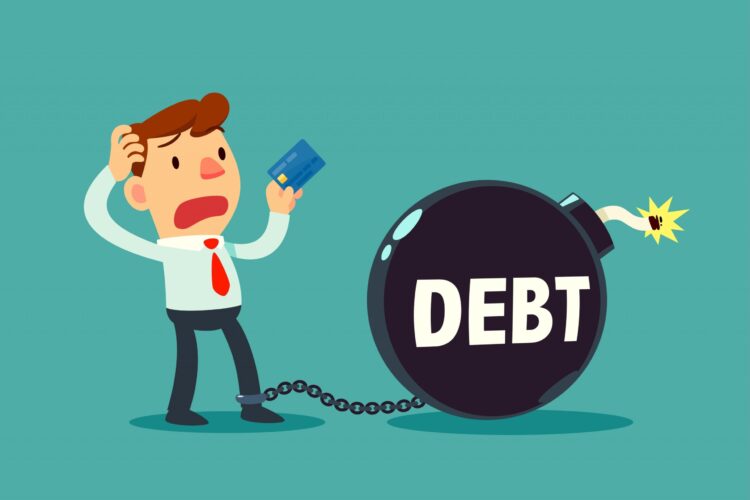
1. Arrange a free conference with a Licensed Insolvency Trustee
The initial action is to plunk down with a LIT. A discussion is for nothing and with next to no commitment for your sake. The underlying discussion is the possibility to go over your obligations with a governmentally authorized obligation proficient who will listen cautiously to your monetary circumstance and clarify all accessible obligation help arrangements. As a rule, a LIT can track down an option in contrast to seeking financial protection.
2. Finish up an application
This doesn’t need to be upon the arrival of your arrangement, and just happens after you have investigated every one of your choices and have concluded that a chapter 11 is the best answer for your circumstance. Your LIT will direct you through the administrative work, which incorporates different articulations, similar to the Statement of Affairs and an Assignment of Assets, to reveal the subtleties of your monetary and expert circumstances.

3. Petition for financial protection
After you finish up and sign the necessary administrative work, your LIT will record the archives with the national government. A stay of continuing is given that prevents leaders from settling on bothering communication decisions or producing a further legitimate move contrary to you. You are ensured, and your LIT will manage your lenders.
4. Your LIT informs your loan bosses for your benefit
Your LIT officially informs your loan bosses that you have opted for non-payment and furnishes them with all the fundamental desk work. Sometimes, a loan boss might assemble a conference to get more familiar with your monetary circumstance. Be that as it may, these cases are uncommon.

5. Any non-absolved resources will be sold
While there are provincial exemptions to the bankruptcy law, which permit you to keep a portion of your assets, a portion of your assets might be sold to reimburse your loan bosses a piece of the cash owed to them. Much of the time, you can keep your home and vehicle. During your underlying conference, your LIT will have as of now explained what declaring financial insolvency will mean for your resources.
6. Make regularly scheduled installments to your LIT
Exactly when you proclaim monetary insolvency, you will make the least consistently booked portions of your LIT for the master organizations they give you during the section 11 cycle. You may in like manner need to make “excess compensation portions” as demonstrated by rules set by the focal government expecting your month to month pay outperforms a particular total. Find more concerning the costs of indebtedness.
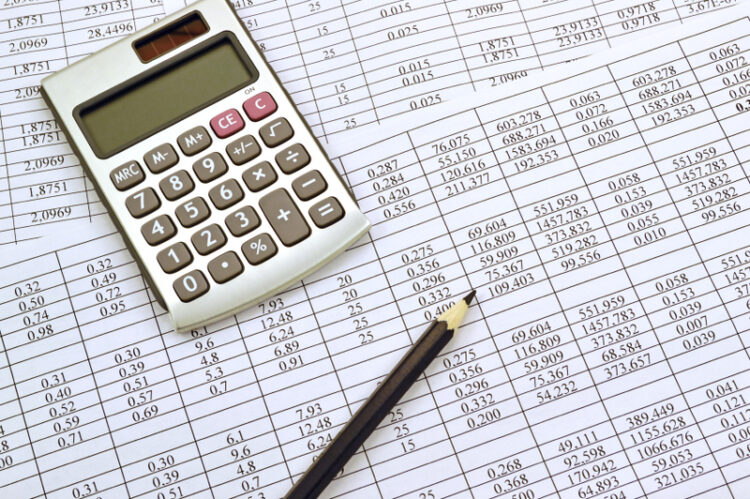
7. Go to credit directing
As a component of the chapter 11 cycle, you should go to two credit directing meetings. These meetings will survey different techniques around obligation to the board and assist you with intending to remake your credit after you have been released from bankruptcy.
8. You are currently obligation free
After you have made all your regularly scheduled installments and finished your credit advising meetings, you can be released from chapter 11 in as right on time as nine months after you record. (Note that the interaction might take longer assuming you really want to make overflow pay installments or then again in case it is a recurrent chapter 11). Whenever you are released from insolvency, every one of the obligations that were recorded in your chapter 11 documenting are excused. You would now be able to begin your next section obligation free.


